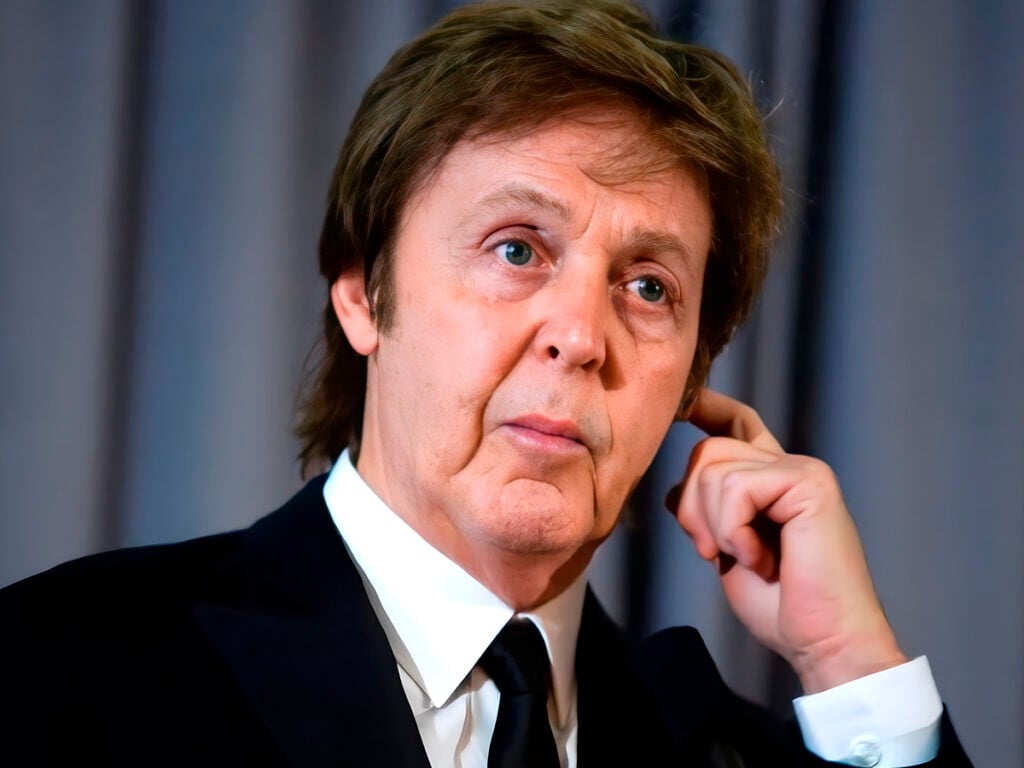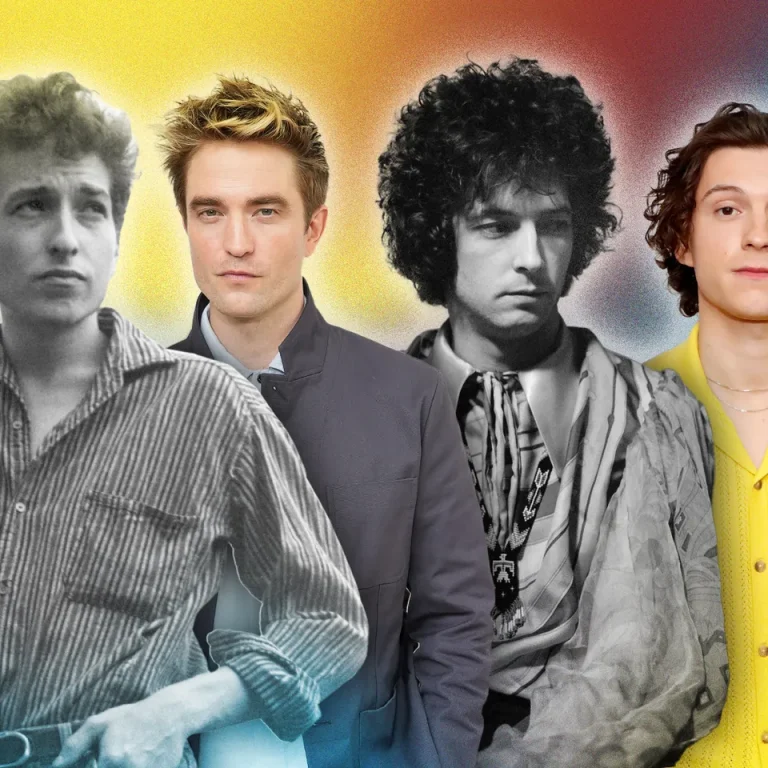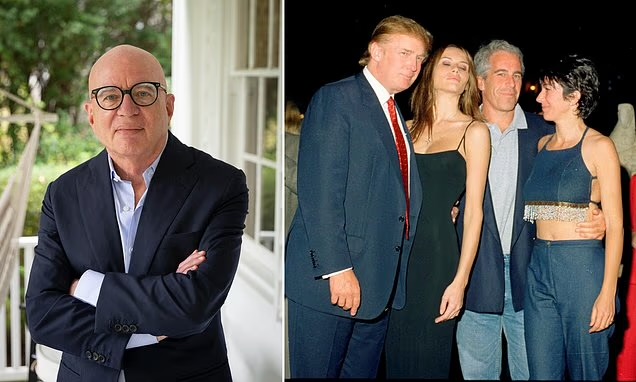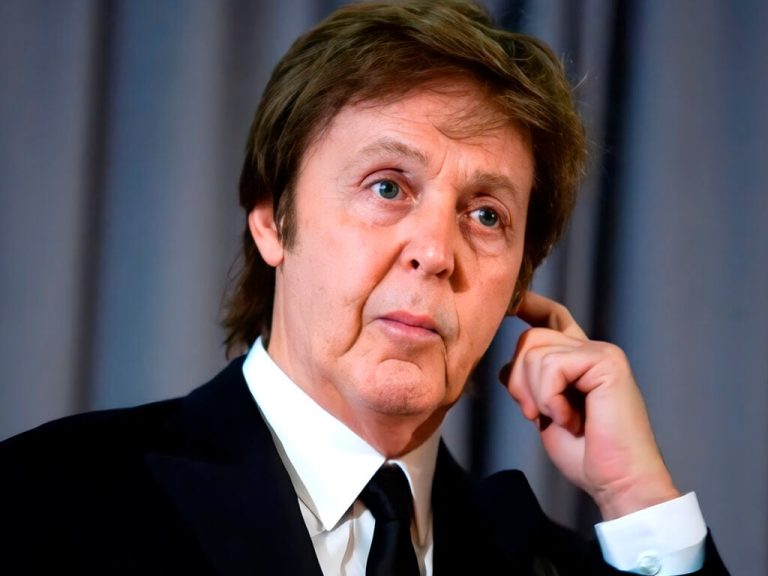
In 1966, The Beatles reached a defining crossroads in their career. They had to decide whether to maintain their familiar pop-rock formula, which had already won them millions of fans worldwide, or to take a daring creative leap. The temptation to explore new musical horizons, sparked by their experimentation with LSD, led them toward the latter path — a choice that would forever alter the course of popular music.
Their decision to embrace psychedelia opened the door to some of the most inventive and influential records in history. Instead of playing it safe with catchy pop tunes, they ventured into the realm of surreal sounds, abstract lyrics, and innovative studio techniques. This shift didn’t just redefine their own music; it helped usher in an entire cultural movement that celebrated freedom, art, and imagination.
Part of what made their transformation so successful was their unique public image. The Beatles weren’t just musical pioneers — they were beloved cultural icons. Their charisma and relatability allowed them to experiment in ways that might have doomed lesser-known artists. When they showed up with flamboyant moustaches, vivid clothing, and whimsical album art, fans followed them into this strange new world without hesitation.
Instead of being condemned for their drug-inspired creativity, The Beatles became celebrated as symbols of the psychedelic era. Their willingness to push boundaries inspired other musicians, even as it provoked envy and controversy within the industry. The band’s blend of artistic bravery and mainstream appeal made their evolution not only acceptable but iconic.
Looking back, Paul McCartney and the others may not have expected their experimentations to become so monumental. Yet, what began as a personal artistic exploration grew into a cultural revolution. Their fearless dive into psychedelia didn’t just expand The Beatles’ musical legacy — it expanded the very definition of what popular music could be.





